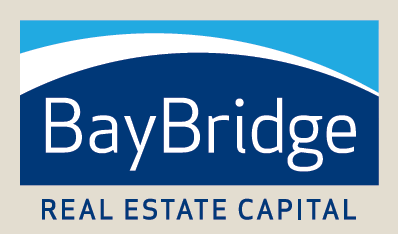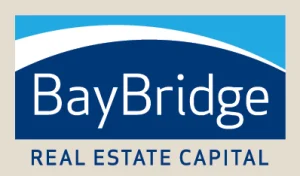Multifamily Mark to Market
In response to the economic impact of the pandemic, central banks around the world implemented historically low-interest rates as part of their monetary policy measures. The logic was to stimulate economic activity and encourage borrowing and investment during times of economic uncertainty. With central bank rate cuts, interest rates reached all-time lows, which led to […]
Student Housing Surge
Student housing has become an increasingly attractive asset this past year. Pre-leasing numbers, current occupancy rates and year-over-year growth reached near all-time highs, indicating a robust market. In contrast to the plateaued multifamily housing market, student housing just experienced an average yearly rent surge of around nine percent. This acceleration is likely attributed to higher […]
Is Your Bank Running? You Better Go Catch It…
It’s bidding day! The FDIC is selling Silicon Valley Bank and Signature Bank, and the bids are due today. Only bidders with existing bank charters (and a little luck o’ the Irish) will be given access to the bank’s financials, when deciding whether to make an offer. This gives existing lenders the upper hand on […]

